Java开发中实现OAuth2身份验证的API使用
哈喽!大家好,很高兴又见面了,我是golang学习网的一名作者,今天由我给大家带来一篇《Java开发中实现OAuth2身份验证的API使用》,本文主要会讲到等等知识点,希望大家一起学习进步,也欢迎大家关注、点赞、收藏、转发! 下面就一起来看看吧!
在 Java API 的开发中,鉴权是不可避免的问题。OAuth2 是一种流行的鉴权方式,它通过授权访问来保护 API 资源。本文将介绍如何在 Java API 开发中使用 OAuth2 进行鉴权。
OAuth2 简介
OAuth2 是一种用于授权的开放标准,它允许用户授权第三方应用程序访问他们的服务器资源,而不必分享他们的凭据。OAuth2 标准包括以下角色:
- Resource Owner:资源拥有者,即用户;
- Resource Server:资源服务器,提供资源的服务器;
- Client:客户端,即第三方应用程序;
- Authorization Server:授权服务器,用于颁发访问令牌。
OAuth2 的授权过程包括以下步骤:
- Client 向 Authorization Server 发送授权请求;
- Authorization Server 向 Resource Owner 请求授权;
- Resource Owner 授权后,Authorization Server 发送访问令牌给 Client;
- Client 使用访问令牌向 Resource Server 发送请求;
- Resource Server 验证访问令牌并提供资源。
OAuth2 支持多种授权类型,包括授权码模式、密码模式、客户端模式、隐式授权模式等。在 Java API 开发中,通常使用授权码模式和密码模式。
OAuth2 授权码模式
授权码模式是 OAuth2 中最常用的授权类型,它包含以下步骤:
- Client 向 Authorization Server 发送授权请求,包括 Client ID 和重定向 URI;
- Authorization Server 发送登录页面给 Resource Owner,要求 Resource Owner 登录并授权;
- Resource Owner 授权后,Authorization Server 向重定向 URI 发送授权码;
- Client 使用授权码向 Authorization Server 发送请求,包括 Client ID 和 Client Secret;
- Authorization Server 验证 Client ID 和 Client Secret,如果正确,颁发访问令牌给 Client;
- Client 使用访问令牌向 Resource Server 发送请求。
在 Java API 开发中,可以使用 Spring Security OAuth2 框架实现授权码模式的鉴权。
首先,需要在 pom.xml 文件中添加以下依赖项:
<dependency>
<groupId>org.springframework.security.oauth</groupId>
<artifactId>spring-security-oauth2</artifactId>
<version>2.3.4.RELEASE</version>
</dependency>然后,在 Spring MVC 的配置文件中添加以下配置:
<security:http pattern="/oauth/token" create-session="stateless"
authentication-manager-ref="authenticationManager"
xmlns="http://www.springframework.org/schema/security">
<security:intercept-url pattern="/oauth/token" access="isAuthenticated()" method="POST" />
<security:anonymous enabled="false" />
<security:http-basic entry-point-ref="clientAuthenticationEntryPoint" />
<security:custom-filter ref="clientCredentialsTokenEndpointFilter" before="BASIC_AUTH_FILTER" />
<security:access-denied-handler ref="oauthAccessDeniedHandler" />
</security:http>
<security:http pattern="/api/**" create-session="never"
entry-point-ref="oauthAuthenticationEntryPoint"
access-decision-manager-ref="accessDecisionManager"
xmlns="http://www.springframework.org/schema/security">
<security:anonymous enabled="false" />
<security:intercept-url pattern="/api/**" access="ROLE_USER" />
<security:custom-filter ref="resourceServerFilter" before="PRE_AUTH_FILTER" />
<security:access-denied-handler ref="oauthAccessDeniedHandler" />
</security:http>
<bean id="clientAuthenticationEntryPoint"
class="org.springframework.security.oauth2.provider.error.OAuth2AuthenticationEntryPoint">
<property name="realmName" value="spring-boot-oauth2" />
<property name="typeName" value="Basic" />
</bean>
<bean id="oauthAuthenticationEntryPoint"
class="org.springframework.security.oauth2.provider.error.OAuth2AuthenticationEntryPoint">
<property name="realmName" value="spring-boot-oauth2" />
<property name="typeName" value="Bearer" />
</bean>
<bean id="oauthAccessDeniedHandler"
class="org.springframework.security.oauth2.provider.error.OAuth2AccessDeniedHandler" />
<bean id="clientCredentialsTokenEndpointFilter"
class="org.springframework.security.oauth2.provider.client.ClientCredentialsTokenEndpointFilter">
<property name="authenticationManager" ref="authenticationManager" />
</bean>
<bean id="resourceServerFilter"
class="org.springframework.security.oauth2.provider.authentication.OAuth2AuthenticationProcessingFilter">
<property name="authenticationManager" ref="authenticationManager" />
</bean>
<bean id="accessDecisionManager"
class="org.springframework.security.access.vote.UnanimousBased"
xmlns="http://www.springframework.org/schema/beans">
<constructor-arg>
<list>
<bean class="org.springframework.security.oauth2.provider.vote.ScopeVoter" />
<bean class="org.springframework.security.access.vote.RoleVoter" />
<bean class="org.springframework.security.access.vote.AuthenticatedVoter" />
</list>
</constructor-arg>
</bean>
<security:authentication-manager id="authenticationManager">
<security:authentication-provider user-service-ref="userDetailsService" />
</security:authentication-manager>
<bean id="userDetailsService"
class="org.springframework.security.core.userdetails.jdbc.JdbcDaoImpl">
<property name="dataSource" ref="dataSource" />
</bean>其中,/oauth/token 是用于获取访问令牌的路径,/api/** 是需要进行鉴权的路径。
使用 OAuth2RestTemplate 发送请求时,需要先获取访问令牌,代码如下:
OAuth2RestTemplate restTemplate = new OAuth2RestTemplate(client, context); AuthorizationCodeResourceDetails details = (AuthorizationCodeResourceDetails)client.getResource(); AuthorizationCodeAccessTokenProvider provider = new AuthorizationCodeAccessTokenProvider(); Authentication auth = new UsernamePasswordAuthenticationToken(username, password); AccessTokenRequest tokenRequest = provider.createAccessTokenRequest(details, auth); OAuth2AccessToken accessToken = provider.obtainAccessToken(details, tokenRequest); restTemplate.getOAuth2ClientContext().setAccessToken(accessToken);
其中,client 是 OAuth2ProtectedResourceDetails 类型的对象,包含 Client ID 和 Client Secret 等信息。
OAuth2 密码模式
密码模式是 OAuth2 中适用于信任客户端的授权类型,它包含以下步骤:
- Client 向 Authorization Server 发送请求,包括 Client ID、Client Secret 和 Resource Owner 的用户名密码;
- Authorization Server 验证 Client ID、Client Secret 和用户名密码,如果正确,颁发访问令牌给 Client;
- Client 使用访问令牌向 Resource Server 发送请求。
在 Java API 开发中,可以使用 Spring Security OAuth2 框架实现密码模式的鉴权。
首先,需要在 pom.xml 文件中添加以下依赖项:
<dependency>
<groupId>org.springframework.security.oauth</groupId>
<artifactId>spring-security-oauth2</artifactId>
<version>2.3.4.RELEASE</version>
</dependency>然后,在 Spring MVC 的配置文件中添加以下配置:
<security:http pattern="/oauth/token" create-session="stateless"
authentication-manager-ref="authenticationManager"
xmlns="http://www.springframework.org/schema/security">
<security:intercept-url pattern="/oauth/token" access="isAuthenticated()" method="POST" />
<security:anonymous enabled="false" />
<security:http-basic entry-point-ref="clientAuthenticationEntryPoint" />
<security:custom-filter ref="clientCredentialsTokenEndpointFilter" before="BASIC_AUTH_FILTER" />
<security:access-denied-handler ref="oauthAccessDeniedHandler" />
</security:http>
<security:http pattern="/api/**" create-session="never"
entry-point-ref="oauthAuthenticationEntryPoint"
access-decision-manager-ref="accessDecisionManager"
xmlns="http://www.springframework.org/schema/security">
<security:anonymous enabled="false" />
<security:intercept-url pattern="/api/**" access="ROLE_USER" />
<security:custom-filter ref="resourceServerFilter" before="PRE_AUTH_FILTER" />
<security:access-denied-handler ref="oauthAccessDeniedHandler" />
</security:http>
<bean id="clientAuthenticationEntryPoint"
class="org.springframework.security.oauth2.provider.error.OAuth2AuthenticationEntryPoint">
<property name="realmName" value="spring-boot-oauth2" />
<property name="typeName" value="Basic" />
</bean>
<bean id="oauthAuthenticationEntryPoint"
class="org.springframework.security.oauth2.provider.error.OAuth2AuthenticationEntryPoint">
<property name="realmName" value="spring-boot-oauth2" />
<property name="typeName" value="Bearer" />
</bean>
<bean id="oauthAccessDeniedHandler"
class="org.springframework.security.oauth2.provider.error.OAuth2AccessDeniedHandler" />
<bean id="clientCredentialsTokenEndpointFilter"
class="org.springframework.security.oauth2.provider.client.ClientCredentialsTokenEndpointFilter">
<property name="authenticationManager" ref="authenticationManager" />
</bean>
<bean id="resourceServerFilter"
class="org.springframework.security.oauth2.provider.authentication.OAuth2AuthenticationProcessingFilter">
<property name="authenticationManager" ref="authenticationManager" />
</bean>
<bean id="accessDecisionManager"
class="org.springframework.security.access.vote.UnanimousBased"
xmlns="http://www.springframework.org/schema/beans">
<constructor-arg>
<list>
<bean class="org.springframework.security.oauth2.provider.vote.ScopeVoter" />
<bean class="org.springframework.security.access.vote.RoleVoter" />
<bean class="org.springframework.security.access.vote.AuthenticatedVoter" />
</list>
</constructor-arg>
</bean>
<security:authentication-manager id="authenticationManager">
<security:authentication-provider user-service-ref="userDetailsService" />
</security:authentication-manager>
<bean id="userDetailsService"
class="org.springframework.security.core.userdetails.jdbc.JdbcDaoImpl">
<property name="dataSource" ref="dataSource" />
</bean>其中,/oauth/token 是用于获取访问令牌的路径,/api/** 是需要进行鉴权的路径。
使用 OAuth2RestTemplate 发送请求时,需要先获取访问令牌,代码如下:
OAuth2RestTemplate restTemplate = new OAuth2RestTemplate(details, new DefaultOAuth2ClientContext()); restTemplate.getOAuth2ClientContext().setAccessToken(accesstoken);
其中,details 是 ResourceOwnerPasswordResourceDetails 类型的对象,包含 Client ID、Client Secret、用户名和密码等信息。
总结
在 Java API 开发中使用 OAuth2 进行鉴权可以保护 API 资源的安全,并且可以让用户更加方便地授权第三方应用程序访问他们的服务器资源。本文介绍了 OAuth2 的授权码模式和密码模式,并且提供了使用 Spring Security OAuth2 框架实现鉴权的示例代码。希望可以对 Java API 开发者有所帮助。
文中关于java,OAuth,鉴权的知识介绍,希望对你的学习有所帮助!若是受益匪浅,那就动动鼠标收藏这篇《Java开发中实现OAuth2身份验证的API使用》文章吧,也可关注golang学习网公众号了解相关技术文章。
 Vue中简洁使用对象绑定的样式语法
Vue中简洁使用对象绑定的样式语法
- 上一篇
- Vue中简洁使用对象绑定的样式语法
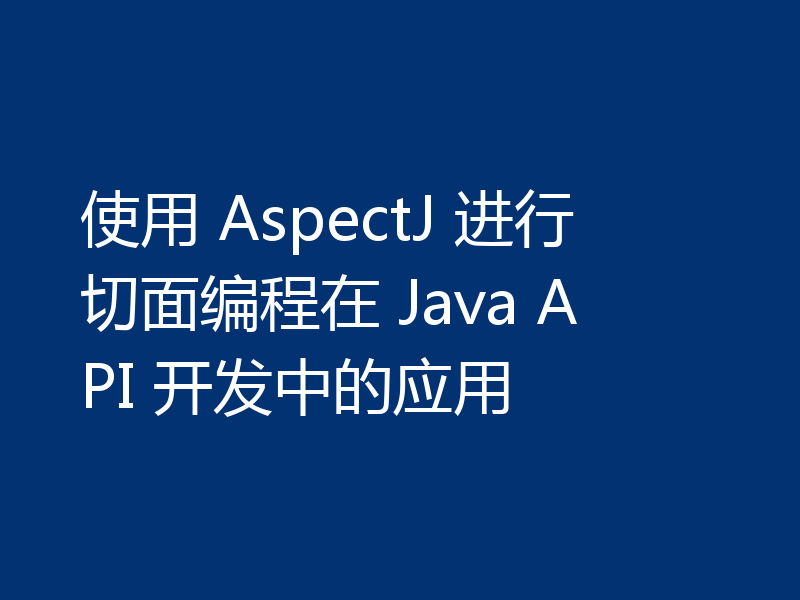
- 下一篇
- 使用 AspectJ 进行切面编程在 Java API 开发中的应用
-

- 文章 · java教程 | 3分钟前 | 元数据 JVM 反射机制 动态操作 JavaClass实例
- Java类定义对象结构,包含属性、方法和状态
- 141浏览 收藏
-

- 文章 · java教程 | 1小时前 |
- Java自定义异常提升代码可读性技巧
- 367浏览 收藏
-

- 文章 · java教程 | 1小时前 |
- Eclipse配置JavaWeb项目运行步骤
- 155浏览 收藏
-

- 文章 · java教程 | 1小时前 |
- Java如何绘制学生成绩趋势图
- 430浏览 收藏
-

- 文章 · java教程 | 1小时前 |
- JavaStreamreduce操作详解与使用技巧
- 293浏览 收藏
-

- 文章 · java教程 | 1小时前 |
- 消息队列幂等处理技巧解析
- 215浏览 收藏
-

- 文章 · java教程 | 1小时前 |
- throws与throw区别详解及使用场景
- 435浏览 收藏
-

- 文章 · java教程 | 1小时前 |
- JavaJDK17安装配置详解
- 144浏览 收藏
-
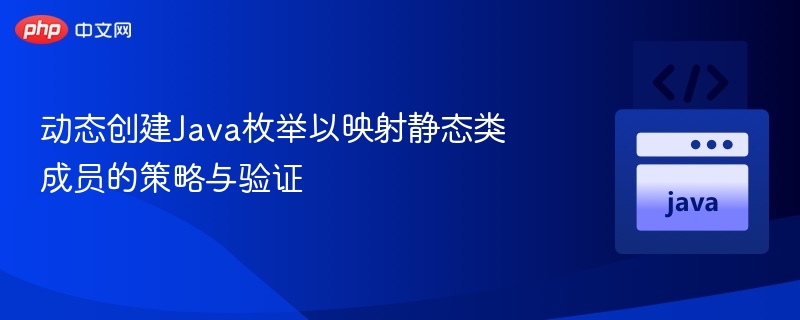
- 文章 · java教程 | 2小时前 |
- 动态枚举映射静态成员的实现方法
- 238浏览 收藏
-

- 文章 · java教程 | 2小时前 |
- Java简易投票系统可视化实现教程
- 469浏览 收藏
-
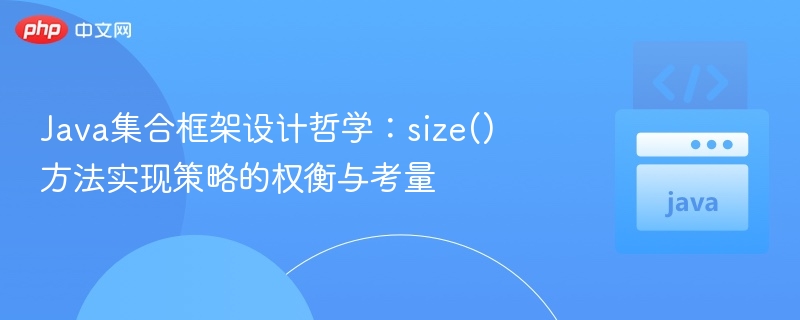
- 文章 · java教程 | 2小时前 |
- Java集合size方法的优缺点分析
- 500浏览 收藏
-

- 前端进阶之JavaScript设计模式
- 设计模式是开发人员在软件开发过程中面临一般问题时的解决方案,代表了最佳的实践。本课程的主打内容包括JS常见设计模式以及具体应用场景,打造一站式知识长龙服务,适合有JS基础的同学学习。
- 543次学习
-

- GO语言核心编程课程
- 本课程采用真实案例,全面具体可落地,从理论到实践,一步一步将GO核心编程技术、编程思想、底层实现融会贯通,使学习者贴近时代脉搏,做IT互联网时代的弄潮儿。
- 516次学习
-

- 简单聊聊mysql8与网络通信
- 如有问题加微信:Le-studyg;在课程中,我们将首先介绍MySQL8的新特性,包括性能优化、安全增强、新数据类型等,帮助学生快速熟悉MySQL8的最新功能。接着,我们将深入解析MySQL的网络通信机制,包括协议、连接管理、数据传输等,让
- 500次学习
-

- JavaScript正则表达式基础与实战
- 在任何一门编程语言中,正则表达式,都是一项重要的知识,它提供了高效的字符串匹配与捕获机制,可以极大的简化程序设计。
- 487次学习
-

- 从零制作响应式网站—Grid布局
- 本系列教程将展示从零制作一个假想的网络科技公司官网,分为导航,轮播,关于我们,成功案例,服务流程,团队介绍,数据部分,公司动态,底部信息等内容区块。网站整体采用CSSGrid布局,支持响应式,有流畅过渡和展现动画。
- 485次学习
-
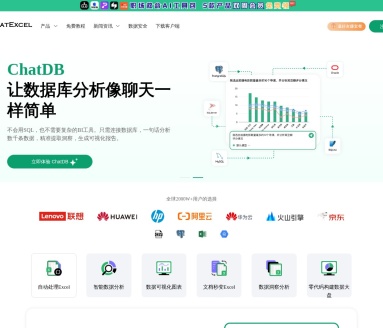
- ChatExcel酷表
- ChatExcel酷表是由北京大学团队打造的Excel聊天机器人,用自然语言操控表格,简化数据处理,告别繁琐操作,提升工作效率!适用于学生、上班族及政府人员。
- 3210次使用
-

- Any绘本
- 探索Any绘本(anypicturebook.com/zh),一款开源免费的AI绘本创作工具,基于Google Gemini与Flux AI模型,让您轻松创作个性化绘本。适用于家庭、教育、创作等多种场景,零门槛,高自由度,技术透明,本地可控。
- 3424次使用
-
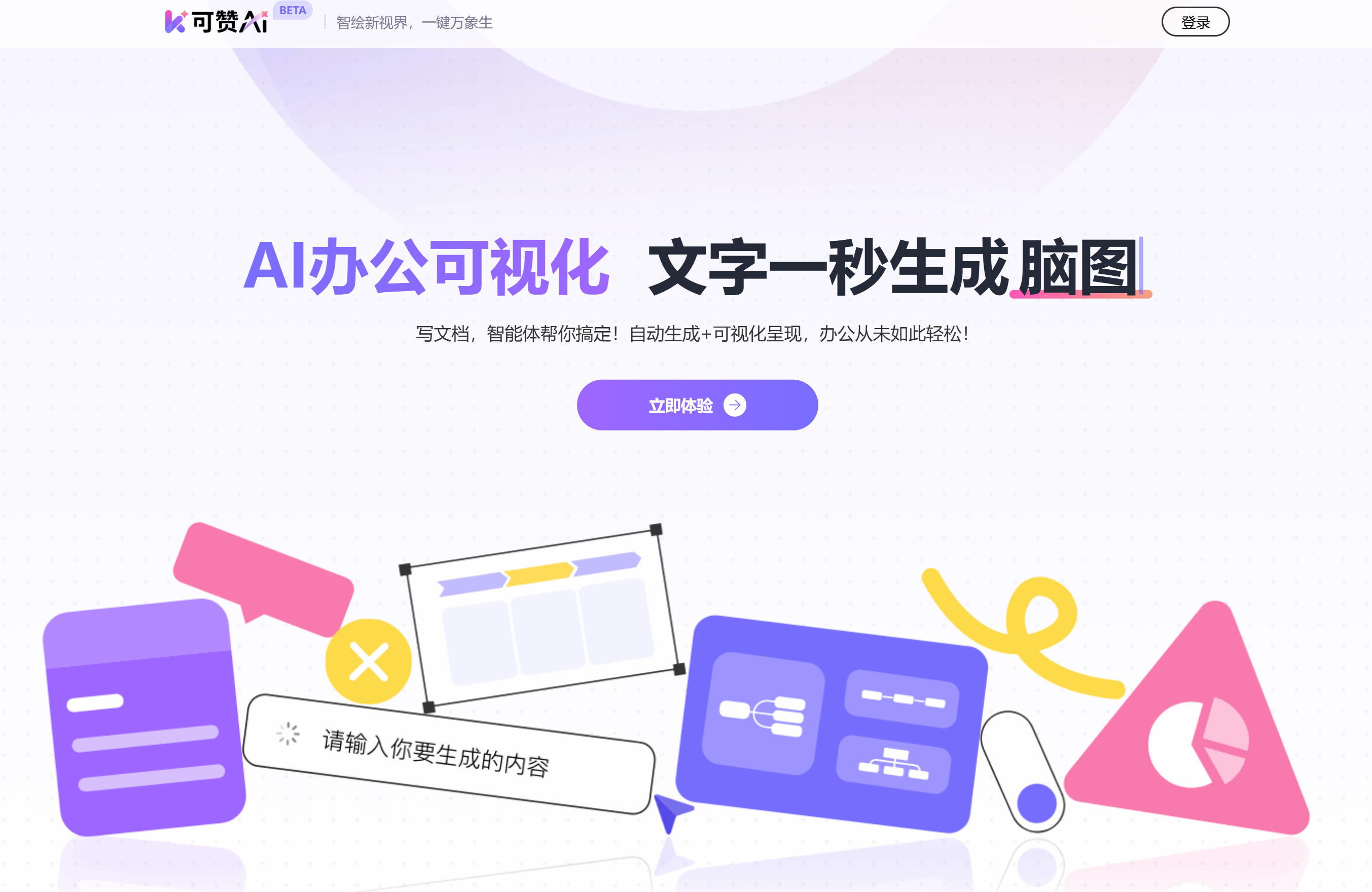
- 可赞AI
- 可赞AI,AI驱动的办公可视化智能工具,助您轻松实现文本与可视化元素高效转化。无论是智能文档生成、多格式文本解析,还是一键生成专业图表、脑图、知识卡片,可赞AI都能让信息处理更清晰高效。覆盖数据汇报、会议纪要、内容营销等全场景,大幅提升办公效率,降低专业门槛,是您提升工作效率的得力助手。
- 3453次使用
-

- 星月写作
- 星月写作是国内首款聚焦中文网络小说创作的AI辅助工具,解决网文作者从构思到变现的全流程痛点。AI扫榜、专属模板、全链路适配,助力新人快速上手,资深作者效率倍增。
- 4561次使用
-

- MagicLight
- MagicLight.ai是全球首款叙事驱动型AI动画视频创作平台,专注于解决从故事想法到完整动画的全流程痛点。它通过自研AI模型,保障角色、风格、场景高度一致性,让零动画经验者也能高效产出专业级叙事内容。广泛适用于独立创作者、动画工作室、教育机构及企业营销,助您轻松实现创意落地与商业化。
- 3831次使用
-
- 提升Java功能开发效率的有力工具:微服务架构
- 2023-10-06 501浏览
-
- 掌握Java海康SDK二次开发的必备技巧
- 2023-10-01 501浏览
-
- 如何使用java实现桶排序算法
- 2023-10-03 501浏览
-
- Java开发实战经验:如何优化开发逻辑
- 2023-10-31 501浏览
-
- 如何使用Java中的Math.max()方法比较两个数的大小?
- 2023-11-18 501浏览




